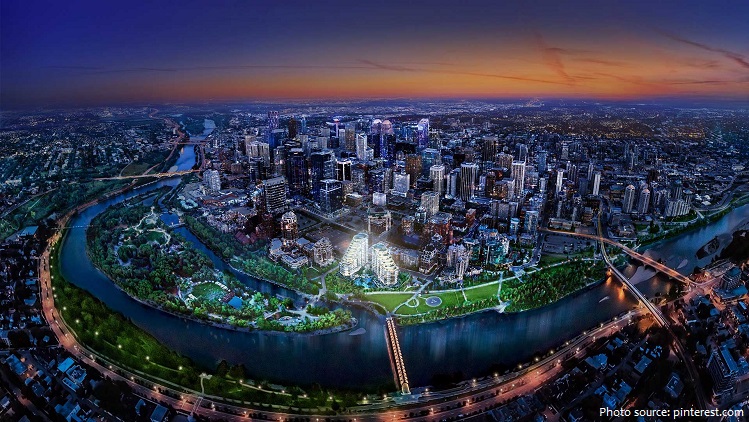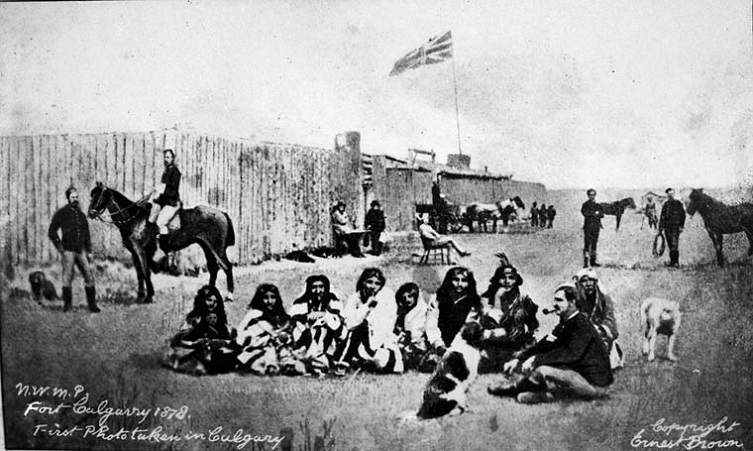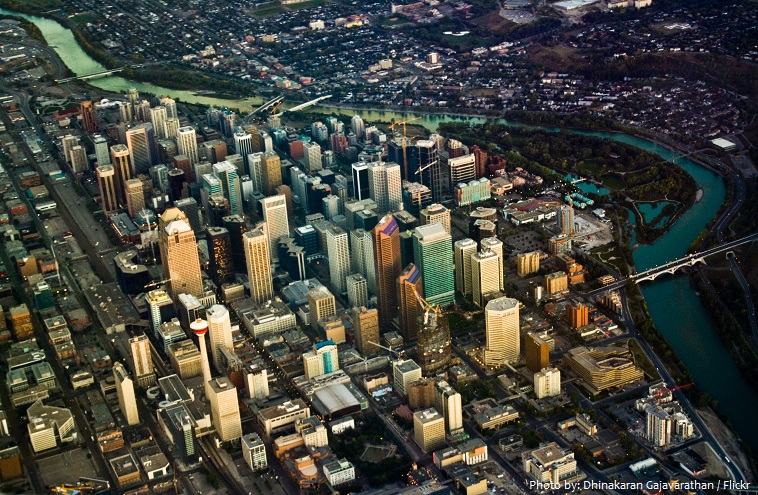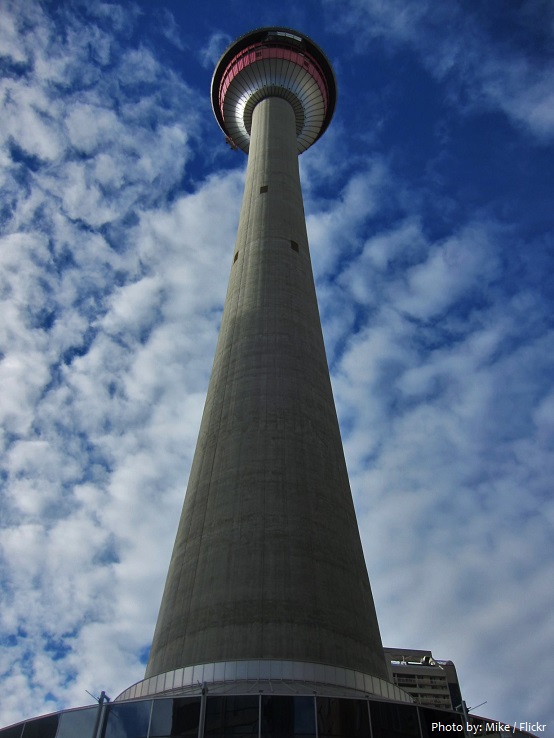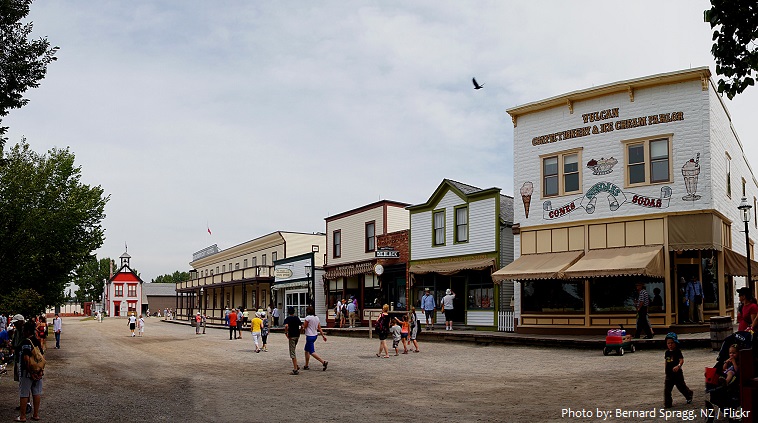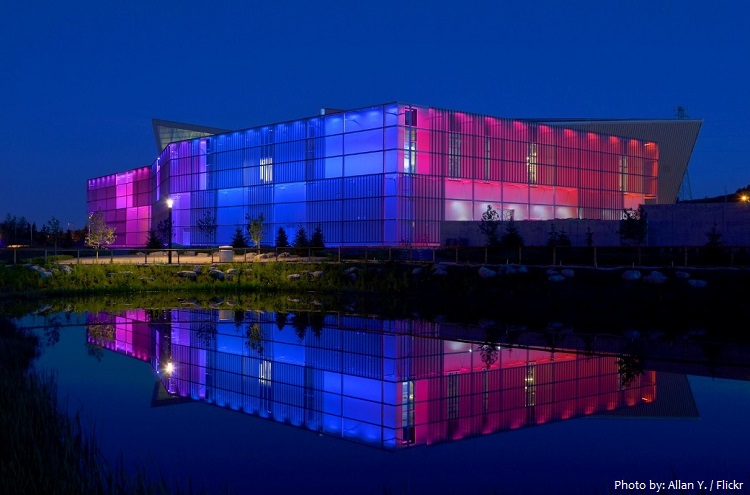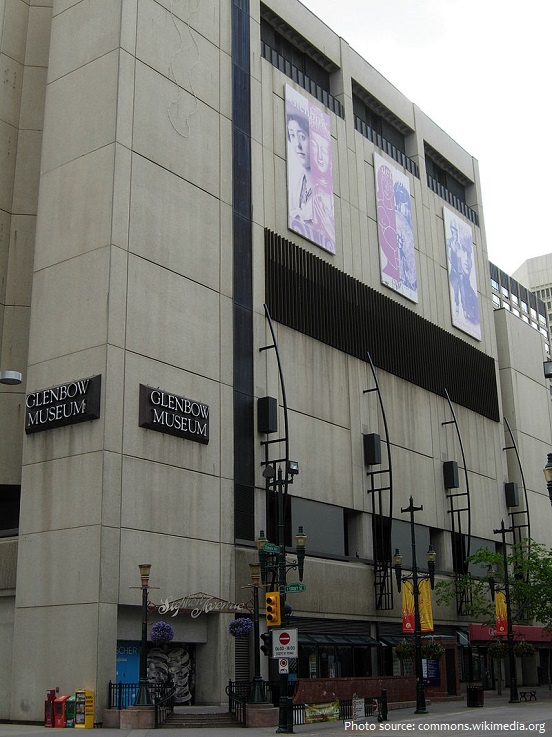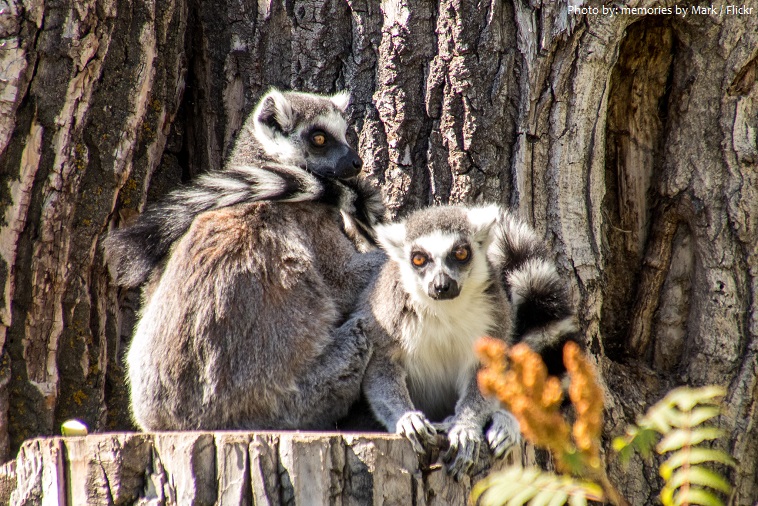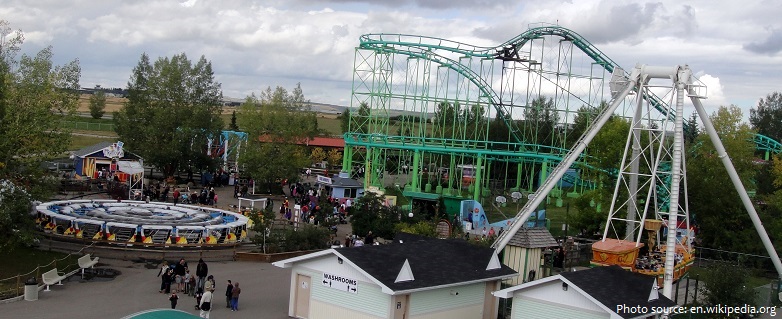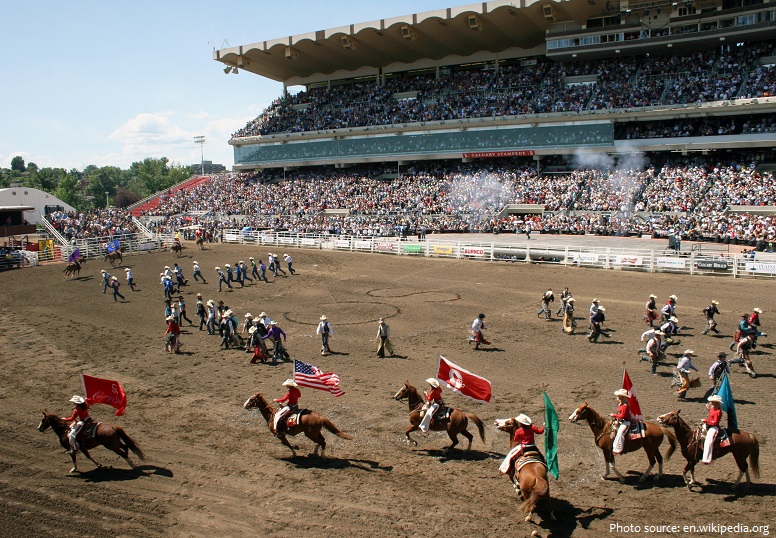Calgary is a city in the western Canadian province of Alberta.
The city is located at the transition zone between the Canadian Rockies foothills and the Canadian Prairies.
As of January 2020, the population of Calgary is about 1.3 million people. It is the 3rd most populous city in Canada.
The city covers a total area of 826 square kilometers (319 square miles).
Calgary has an average elevation of 1,045 meters (3,428 feet) above sea level.
Calgary was named after Calgary on the Isle of Mull, Scotland, United Kingdom. In turn, the name originates from a compound of kald and gart, similar Old Norse words, meaning “cold” and “garden”, likely used when named by the Vikings who inhabited the Inner Hebrides.
In 1875, the site became a post of the North-West Mounted Police (now the Royal Canadian Mounted Police). The NWMP detachment was assigned to protect the western plains from US whisky traders, and to protect the fur trade. Originally named Fort Brisebois, after NWMP officer Éphrem-A. Brisebois, it was renamed Fort Calgary in 1876 by Colonel James Macleod.
In 1877 the British and Canadian governments signed a peace agreement with a number of First Nations (Native American) peoples, and the region rapidly converted to a cattle-ranching frontier.
When the Canadian Pacific Railway reached the area in 1883 and a rail station was constructed, Calgary began to grow into an important commercial and agricultural centre. The Canadian Pacific Railway headquarters are located in Calgary today.
In 1914 oil was discovered near Calgary and an oil refinery opened in the city in 1923. More oil was discovered in Alberta in 1947. As a result of oil, Calgary boomed.
Calgary’s economy was so closely tied to the oil industry that the city’s boom peaked with the average annual price of oil in 1981. The subsequent drops in oil prices were cited by industry as reasons for a collapse in the oil industry and consequently the overall Calgary economy. Low oil prices prevented a full recovery until the 1990s.
Today, Calgary is a dynamic and cosmopolitan city, one of the most diversified in Canada.
The Calgary Tower is a 190.8-meter (626 ft) free standing observation tower in Downtown Calgary. Originally called the Husky Tower, it was conceived as a joint venture between Marathon Realty Company Limited and Husky Oil as part of an urban renewal plan and to celebrate Canada’s centennial of 1967. The tower was built at a cost of $3,500,000 and weighs approximately 10,884 tonnes, of which 60% is below ground. It opened to the public on June 30, 1968 as the tallest structure in Calgary, and the tallest in Canada outside Toronto. It was renamed the Calgary Tower in 1971.
Heritage Park Historical Village is a historical park in Calgary, Alberta, Canada, on 51 hectares (127 acres) of parkland on the banks of the Glenmore Reservoir, along the city’s southwestern edge. As Canada’s second largest living history museum, it is one of the city’s most visited tourist attractions. Exhibits span western Canadian history from the 1860s to the 1950s. Many of the buildings are historical and were transported to the park to be placed on display. Others are re-creations of actual buildings.
Telus Spark is a science museum with interactive exhibits, multimedia presentations and educational demonstrations in Calgary. There are more than 430,000 visitors annually, including over 82,000 students. The science museum was established in 1967 as the Calgary Science Centre.
The Glenbow Museum is an art and history museum in the city of Calgary. It was established by philanthropist Eric Lafferty Harvie. The Glenbow archives are one of Canada’s largest non-governmental repositories and a major research centre. The Glenbow’s art collection comprises 33,000 works, mainly dating from the 19th century to the present, primarily historical, modern, and contemporary work from or pertaining to the northwest of North America.
The Calgary Zoo is located just east of the city’s downtown. It is home to over 1,000 animals, excluding individual fish and insects, and 272 different species. The 120-acre zoo is organized by into six distinct zones: Destination Africa, Canadian Wilds, Penguin Plunge, Dorothy Harvie Botanical Gardens and ENMAX Conservatory, Eurasia, and Prehistoric Park.
Calaway Park is Western Canada’s largest outdoor family amusement park. The park is located in Springbank, 4 kilometres (2.5 mi) west of the city limits of Calgary. Calaway Park has 32 rides, 20 food locations, 23 games, and covers 90 acres (0.36 km2). The park has been in continuous seasonal operation since 1982.
The Calgary Stampede is an annual rodeo, exhibition, and festival held every July in Calgary. The ten-day event, which bills itself as “The Greatest Outdoor Show on Earth”, attracts over one million visitors per year and features one of the world’s largest rodeos, a parade, midway, stage shows, concerts, agricultural competitions, chuckwagon racing, and First Nations exhibitions. The event’s roots are traced to 1886 when the Calgary and District Agricultural Society held its first fair.
The Economist Intelligence Unit ranked Calgary the most livable city in North America in both 2018 and 2019. Calgary has been a top 5 contender for this title for the last 10 years.
Calgary was also ranked the best city in the world for drivers in 2019.
The city has the highest number of millionaires per capita of any major Canadian city.
In 1988 it became the first Canadian city to host the Winter Olympic Games.

